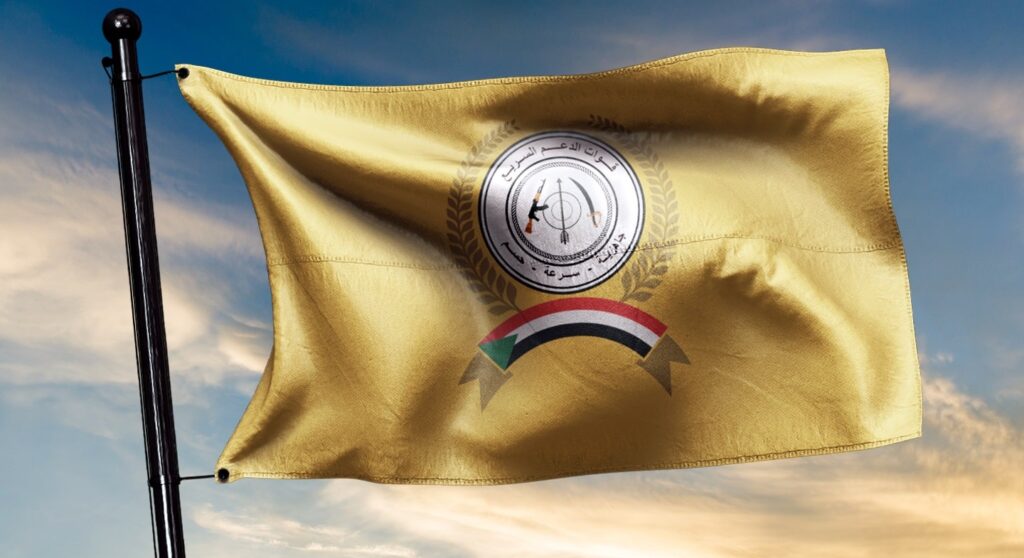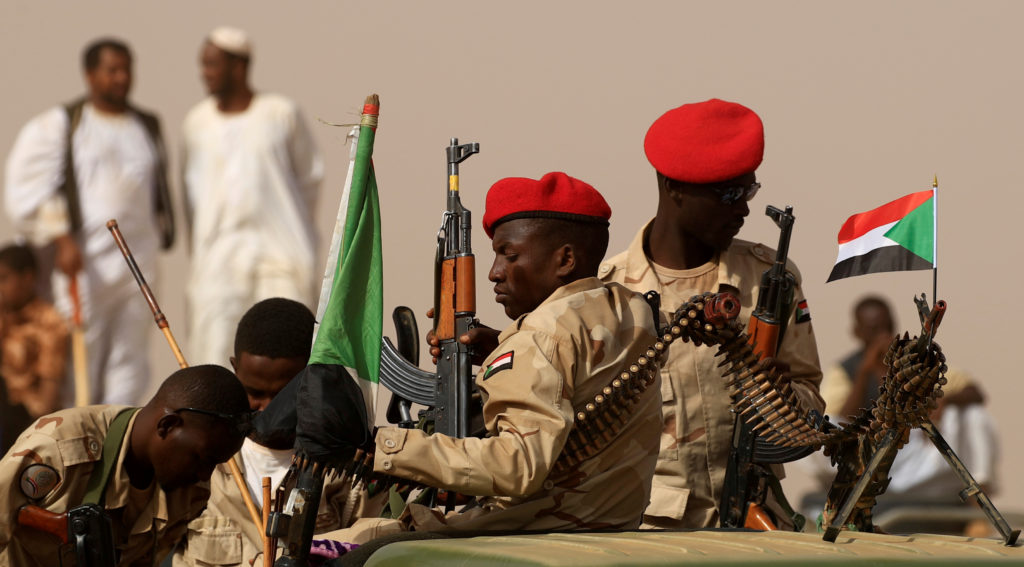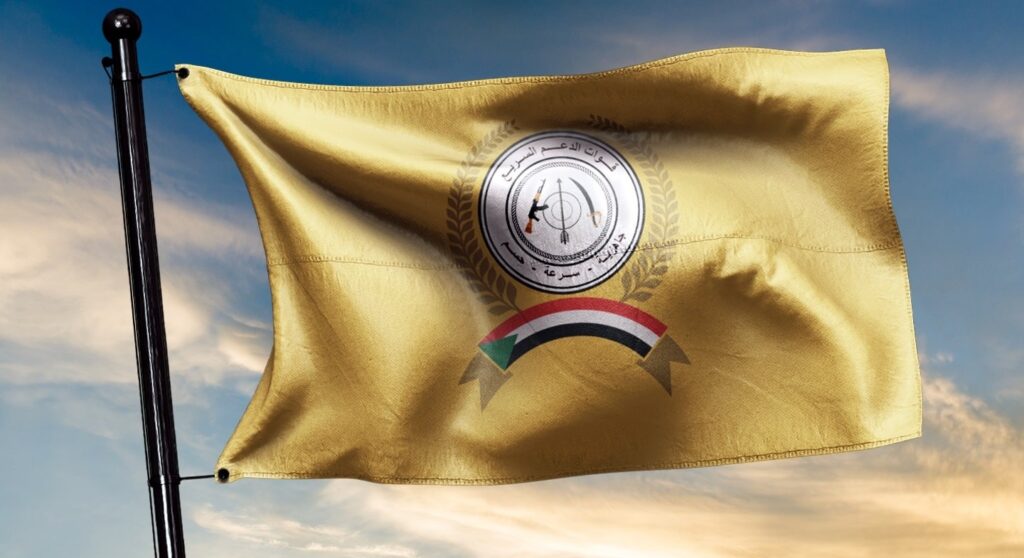
In South Sudan, where flooding has become an annual catastrophe, thousands cling to survival on the edges of a century-old canal.
Smoke rises from burning dung near makeshift homes of mud and grass in Pajiek, a new refuge for displaced families. Long-horned cattle wade through inundated lands, seeking higher ground amid devastation.
For Bichiok Hoth Chuiny, a 70-year-old woman, the deluge was an unrelenting foe. Her village, Gorwai, is now a swamp, forcing her into a canoe to reach safety.
“Too much suffering,” she lamented, standing with a stick for support in Pajiek, where the Associated Press was the first to visit.
The World Bank describes South Sudan as the world’s most vulnerable country to climate change, with little capacity to cope. This year alone, floods displaced over 379,000 people, according to the United Nations.
Seasonal flooding has shaped life in South Sudan’s Sudd wetlands for centuries, but it has intensified. Swamps now swallow villages, destroy farmlands, and kill livestock.
Peter Kuach Gatchang, Pajiek’s paramount chief, attributes their survival to the unfinished Jonglei Canal, now a refuge. “We don’t know how far the flooding would have pushed us without it,” he said.
Yet, Pajiek struggles without schools, clinics, or mobile networks. Residents rely on aid, walking hours through waist-high water for necessities.
In nearby Paguong, a health clinic operates with dwindling supplies and unpaid staff. Patients wait on the ground as medics improvise care amid an economic crisis.
Snake bites, once manageable with antivenom, now pose deadly risks. “We don’t know what to do if it happens again,” said clinical officer Juong Dok Tut.
For villagers like Nyabuot Reat Kuor, the flooding has brought ruin. “Our old village has become a river,” she said, balancing a 50-kilogram bag of sorghum on her head.
As global aid diminishes, the future for these communities grows ever more uncertain.




